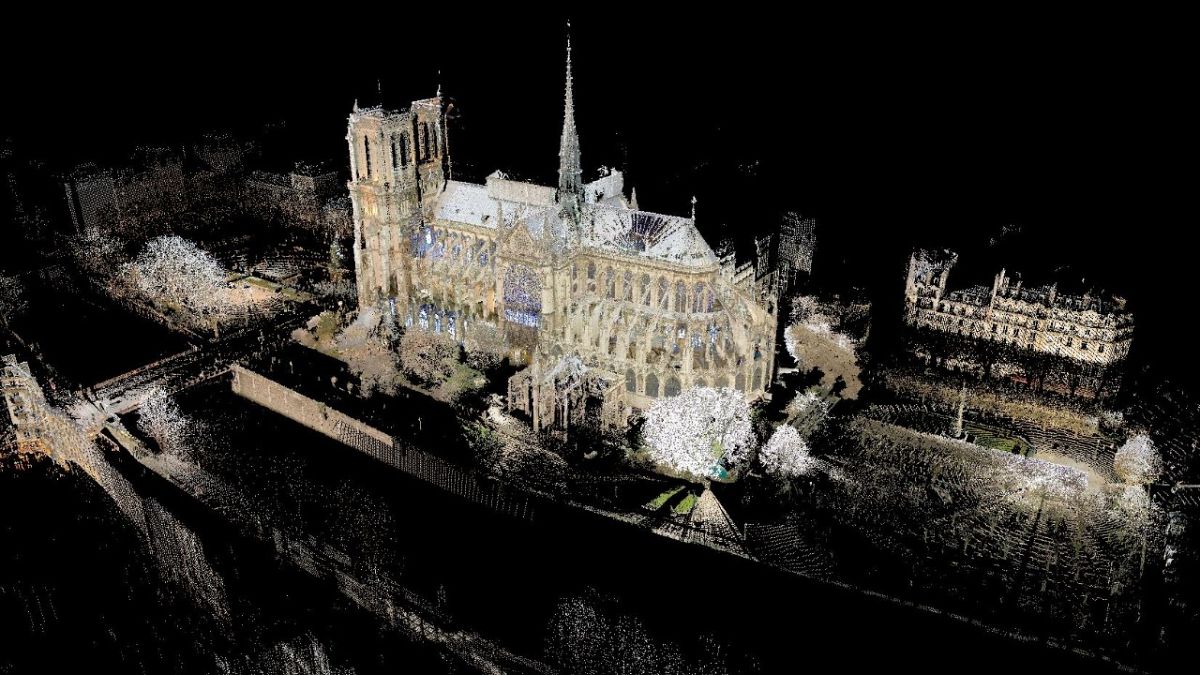A unique 3D model of the Notre Dame cathedral created by a late art history professor could help its reconstruction efforts.
Now that reconstruction plans have begun to rebuild Notre Dame's roof and spire, few have any idea how to precisely recreate the extraordinary gothic design. But the answer might be an ocean away, in the data library of the most precise 3D copy of the medieval cathedral.
The reconstruction project owes a great debt to the late Andrew Tallon, an art professor who was passionate about medieval architecture and gothic cathedrals. He died in November last year but his name will now be celebrated for the work he did on laser scanning to forensically capture the exactitudes of the architecture.
In a 2015 interview with the National Geographic, Tallon explained that buildings "moved".
"It heaves itself out of shape when foundations move when the sun heats up on one side," he said.
Tallon said that a building's movements could reveal its original design. But in the case of Notre Dame, it was not possible to use antiquated medieval tools to get the most accurate picture. So with the help of modern technology, he set out to reconstruct the gothic marvel using a laser scan that could precisely measure the structure.
For two years, Tallon dedicated himself to intricately measuring the interior and the exterior of the cathedral with the help of laser beams. Mounted on a tripod, he placed the machine in around fifty different places to measure the distances between each wall and pillar, as well as each corner and statue. This way, he was able to register each imperfection.
In the end, each measurement was represented by a coloured dot, which created the three-dimensional image of the cathedral when added together.
The data were stitched together to form a “cloud” of more than a billion points. The final computer-generated images reconstruct the cathedral down to the smallest detail, including the tiniest defects, with a precision of about five millimetres.
From these measurements were made photographs published in a 2013 book and showcased at Notre Dame cathedral a year later. But the bulk of the data remains untapped.
So, Tallon’s model could bring one thing to the architects in charge of the reconstruction project: precision.
Another very accurate model was also built by Caroline Miousse, a Ubisoft artist, who recreated the iconic cathedral for the 2014 version of the Assassin's Creed Unity video game.

